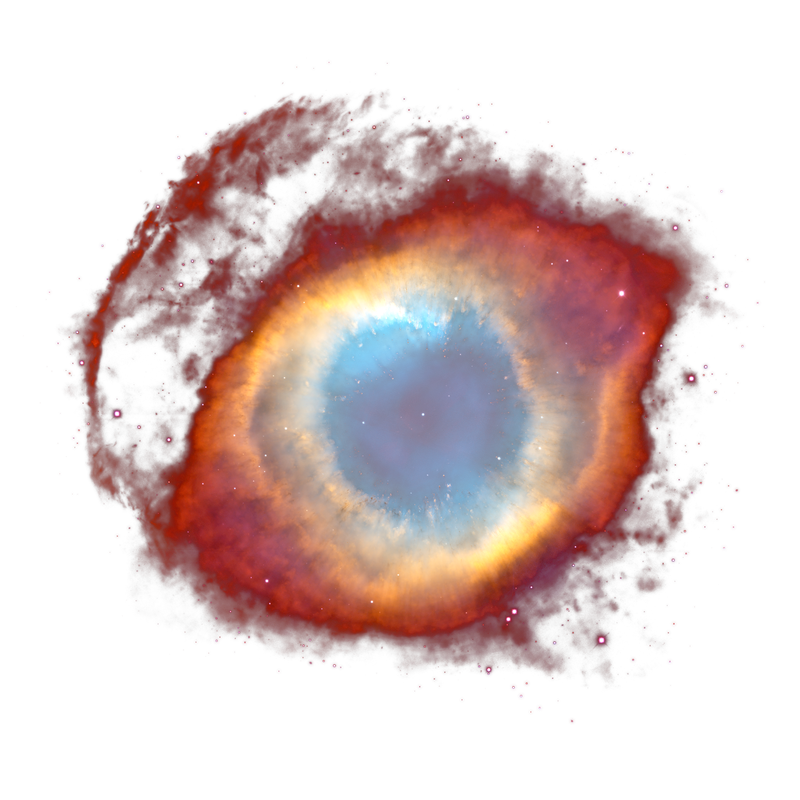- 1 Post
- 150 Comments
hey at least once your code is correct it’ll stay that way. You won’t have to deal with things like old and new versions of your program disagreeing on what time it was in Iran for the last month and a half of 1978
looking up this figure, 8 refers to the whole coelenteron (gut) while 12 refers specifically to the pharynx
That was pretty much how the USSR spun Luna 1
because sticks wiggle in the wind. it’s all part of their masterful ploy
14 g it’s nearly exactly 1 US standard drink
And it’s entirely the tech companies making their own bed and then laying in it. In the few jurisdictions where the engineering regulatory colleges won out in protecting their title, there’s a slough of highly qualified Professional Software Engineers who’ve graduated from accredited programs alongside the people who grad from more theory-based compsci programs
They were effective anti-communists. Same reason after the War the US cuddled up with the essentially fascist regimes of Salazar and Franco.
Use the cyrillic letter А on your licence plate instead of the latin letter A. All your speeding tickets would be mailed to someone else
*a subtype of vector
vector is a type not a kind :P
Broke: Whales are fish because they look like other fish
Woke: Whales aren’t fish because they’re in the class Mammalia, not Pisces
Bespoke: Whales are fish because any monophyletic group that encompasses all the fishes must also include the clade Tetrapoda
Artichoke: Whales aren’t fish because fishes are a paraphyletic group that includes the entire clade Vertebrata at the exclusion of the clade Tetrapoda.
Stick and Poke: Whales are fish because they’ve developed the same bodyplan and are in the same ecological niche as the pelagic fishes.
Osoviakhim was somewhat more ideologically consistent than Paperclip. The scientists weren’t invited to the USSR with promises of cushy jobs and immunity from prosecution: they were forced from their homes, loaded onto freight trains, and made to work. It was part of the wider program of the Allies using the forced labour of ethnic Germans as a means of war reparations.

 2·4 months ago
2·4 months agoIs it another thing? I don’t see how this is different from respecting areas that are held sacred by different religions, like much of the major holy sites in India or Palestine-Israel. Just because it’s shared that doesn’t give you a right to desecration.

 1·4 months ago
1·4 months agoThe states that have claims over Antarctica exercise no effective jurisdiction over them. The Antarctic Treaty basically just confirms their existence, gives the US and USSR the right to each make one whenever they want, and then moves on to laying out what can and can’t be done on the continent without regard to the claims.
Either the image is an accurate facsimile (DNA was wrong and the guy’s wearing a men’s size shirt (buttons are on his right side)) or the image was mirrored (DNA was correct and the guy’s wearing a women’s size shirt (buttons are on his left))
there’s a myriad of phrases like that



they’ve gone M.A.D.